By Steve Miller
The Caymans, Cozumel, Turks and Caicos, Bahamas... these are just a few of the popular dive destinations in the Caribbean that most active divers consider household names. But a list like this is incomplete without adding Bonaire- which is very different from the others.
Bonaire is the "B" in the ABC islands about 50 miles (80km) off the coast of Venezuela. Unlike the other islands on the list above, Bonaire is more pristine because it is both less traveled and it lies just out of reach of most hurricanes.

Bonaire is a relatively quiet island compared to its wilder Caribbean cousins.
Why shore diving
Aside from regional marine life and condition variances, what makes Bonaire different for the scuba enthusiast is that the most popular way to dive is from your rental car or truck. Shore dives can be entered from the beach at designated areas all up and down the coast. Diving all of these sites in one trip would be difficult as there are so many to choose from (although many try). These sites vary in difficulty, primarily due to the quality of access from shore and not the underwater conditions.
At a glance this may seem harder and less attractive than being taken by boat out past the reef; and this is true. The major dive resorts do offer daily boat diving, typically boarding just steps from a dive locker, if that's a dealbreaker for you. Boat dives are usually just minutes from the dock and in some cases can be close enough to come back to shore in between the first and second dive.

Bonaire has beaches but much of its shoreline is craggy terrain.
We prefer the shore diving route for both variety and photographic freedom. You make your own schedule, diving where you want for as long as you want. The ability to concentrate on a single subject or area with no time constraints seldom happens boat diving. On a trip where you're using new equipment being able to get in and out of the water as much as you like has real advantages.
You will have to walk and swim farther than a stroll down the dock to board a dive boat. For our photography purposes this is a double edged sword. Carrying large systems through even the smallest surf can make the dive harder, particularly at a site like 1000 steps (you can figure out the name). There are many sites where you can access a pier with steps and possibly even do an easy giant stride entry.
For many divers the mildly inconvenient shore diving is what brings them back to Bonaire time after time. Being the only two people on a dive site is something that most people don't have the chance to experience in other dive destinations.

Shore dives in Bonaire are marked by brightly colored rocks. Most are simply identified by number not name. Maps of the dive site locations referencing the yellow rock numbers are available at dive shops, condominium offices, and other diving related businesses on island.
Tips for a successful shore dive
If you go shore diving, remember to take everything with you into the water. Fans of full-foot fins may want to bring a pair of fins with boots because some sites require walking over rough terrain or rocks to get to the water. Leave the rental car or truck unlocked, in case someone comes looking while you are under.
Dive Friends Bonaire has figured out how to make swapping out tanks a breeze. Various drive-through tank exchange locations are easy checkpoints as you follow your map up and down the coast. Dive sites are well marked with parking areas right by the entry point in most cases.

The massive legs of the Salt Pier make for dramatic framing whether silhouetted or lit up by strobe light. The Salt Pier also makes a good night dive as long as no ships are in.
The Salt Pier
One of our favorite sites for photography is the Salt Pier, which is mostly an easy swim out to vertical structure that frame your photos beautifully and carry the colorful sponges and corals up into shallow depths. Macro and wide angle are both great here, and turtles are common. If you are unsure about being your own dive guide, start here. The structure will keep you oriented so you can easily find your exit point. Be aware that the pier sometimes closes when ships come in so you may want to ask a local dive shop about timing before you head out.

A shore dive to Something Special packs a lot of life and color into a nice easy swim.
Something Special
Our favorite beach dive for photography is called Something Special. The access into the water is one of the easiest as the water is protected and calm here, and there are no waves or surf to bust through on your way out. We began photographing just a few yards from the entry, in about 5 feet (1.5m) of water. Obviously you can pull dives well over an hour here with no decompression worries.

This is Carlos Santiago Pajaro, our divemaster standing on the bottom of the boat after the dive in Klein Bonaire. We ran into Stephen Frink, one of our favorite underwater photographers, there running a photo trip.
Klein Bonaire
When the newness of being able to run your own dive from shore wears off, be sure to jump on one of the dive boats for a trip to Klein Bonaire. That is the only way to access what many consider their favorite diving in the area. These reef sections receive less pressure and there are coral restoration structures that are fun to swim through.

This image is HDR shot from a tripod, with the diver added from a previous frame for a size reference.
Our Confidence
This 60-foot historical vessel unexpectedly sank in front of Harbor Village Beach Club back in 2003 and currently sits in about 40' (12m) of water just a short swim from the beach. The Our Confidence was first a Danish fishing boat and was used at one time to transport refugees from WWII.

Practice your super macro on these cute little shrimp that perch on the tentacles of just about every anemone.
The affable anemone shrimp
Every destination has unexpected surprises, chance sightings, or things you hope to see. But there are also the "sure things" that you are guaranteed to be able to find and are worth taking the time to locate. For us, in Bonaire one of these things is the anemone shrimp. Their translucent bodies and colorful appendages are a macro dream. They are cooperative for the patient photographer, and stay with their anemone. Even a novice can find these beauties by looking closely at the white tentacles of the anemones.

Elkhorn and stagorn corals are grown hanging from PVC trees until they can be harvested and transplanted to revive local coral reefs.
Coral reef restoration
Coral restoration in Klein Bonaire has been successfully going on for years. An interesting two-day course and certification is offered at Buddy Dive Resort where you can learn the why and how of coral restoration, plus practice the techniques yourself on three shallow open water dives.
The PVC trees where they grow the coral make nice structures for easy shooting practice in the sand.
Eating in Bonaire
We feel that there's nothing like spending a few hours in the water to work up an appetite. Sometimes after a day of diving you just need to carb load with some good pizza, and we love Pasa Bon Pizza & Bar. It's simple, laid back, and relatively inexpensive. For meat and potatoes we went to Joe's Restaurant. What up, ribs!
Of course you can't beat the convenience of dining where you are staying, and Delphins Beach Resort has a gorgeous beach bar which is great for lunch and even better for drinks at sunset. Delphins also has a super fancy restaurant called Brass Boer.
Après-dive
Bonaire is not full of high-end retail shopping, clubs, or massive luxury resorts like many of the other Caribbean islands. But that doesn't mean there's nothing to do after your dive. Check out the massive nature park in the north end or the windsurfing and kite boarding beaches on the windward side of the island.
The variety of diving in Bonaire can keep you busy for dozens of dive trips, so you may want to keep your eye on what phase the moon will be in during your stay. Full moons are famous everywhere for night dives. The darkness of the new moon can bring out some amazing night skies.

Milky Way from the beach on the south end of Bonaire with a 30 second exposure. Bring along your dive light if you want to try some light painting in the foreground. We used one of our favorite wide angle lenses: the Canon 8-15mm Fisheye on the Sony A7R III • ISO 2500 • f/4
For our Milky Way shots we drove down to the south side of the island, just a few miles from our base at Delfins Resort, and pulled over at a couple of dive sites. You only need leave town a few miles to escape the light pollution, and can set you tripod (or find a nice rock to use) very close to your car.
Conclusion
If you want to practice your underwater photography in a relaxed setting, diving at your own speed, then you will appreciate why so many divers come back to Bonaire time after time. If you've already experienced Bonaire by boat diving, consider going back for a second look via the shore. You may be surprised at what you find.
Additional Reading
Coral Reef Restoration Program in Bonaire
Planning a Trip to Photograph Manatees in Crystal River, Florida

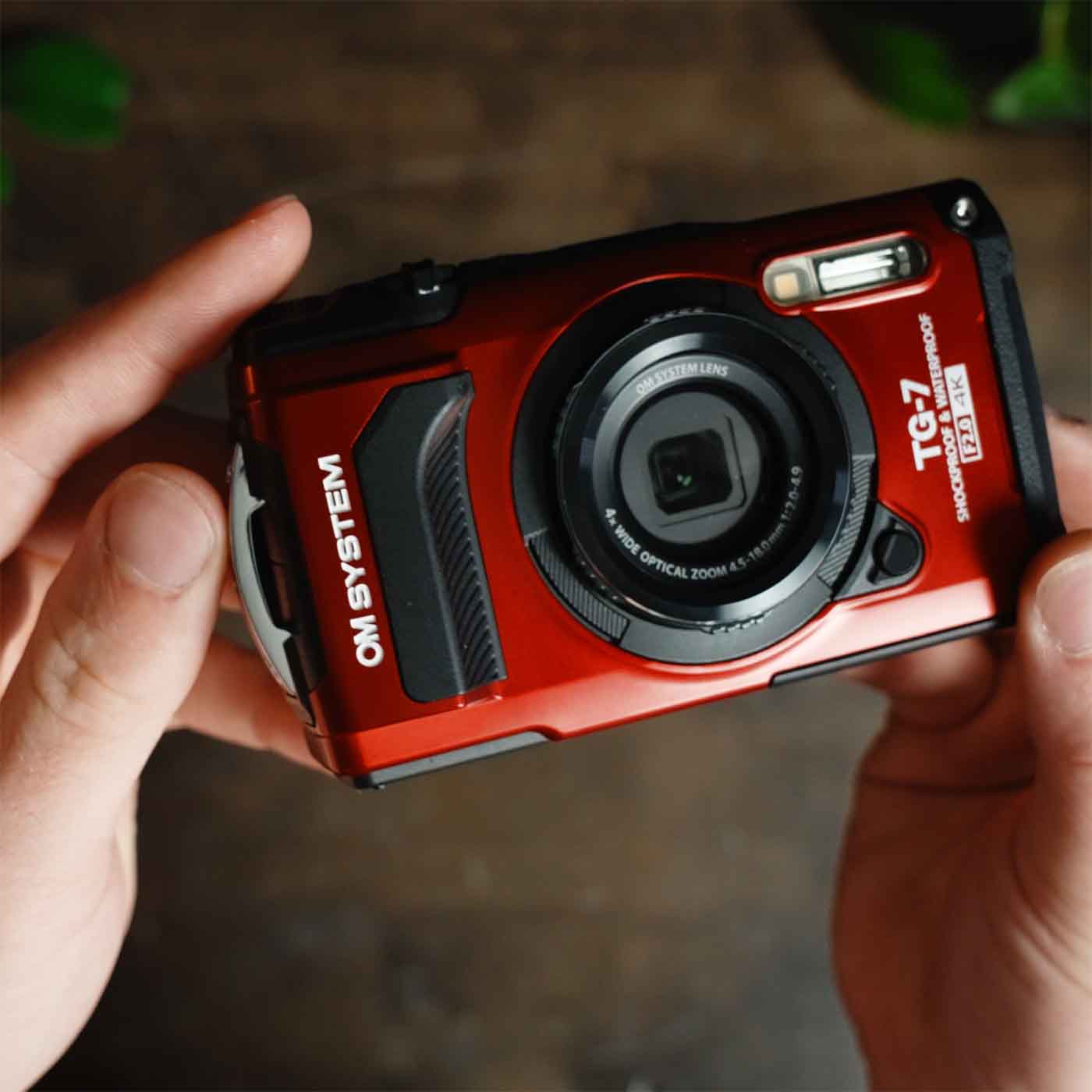
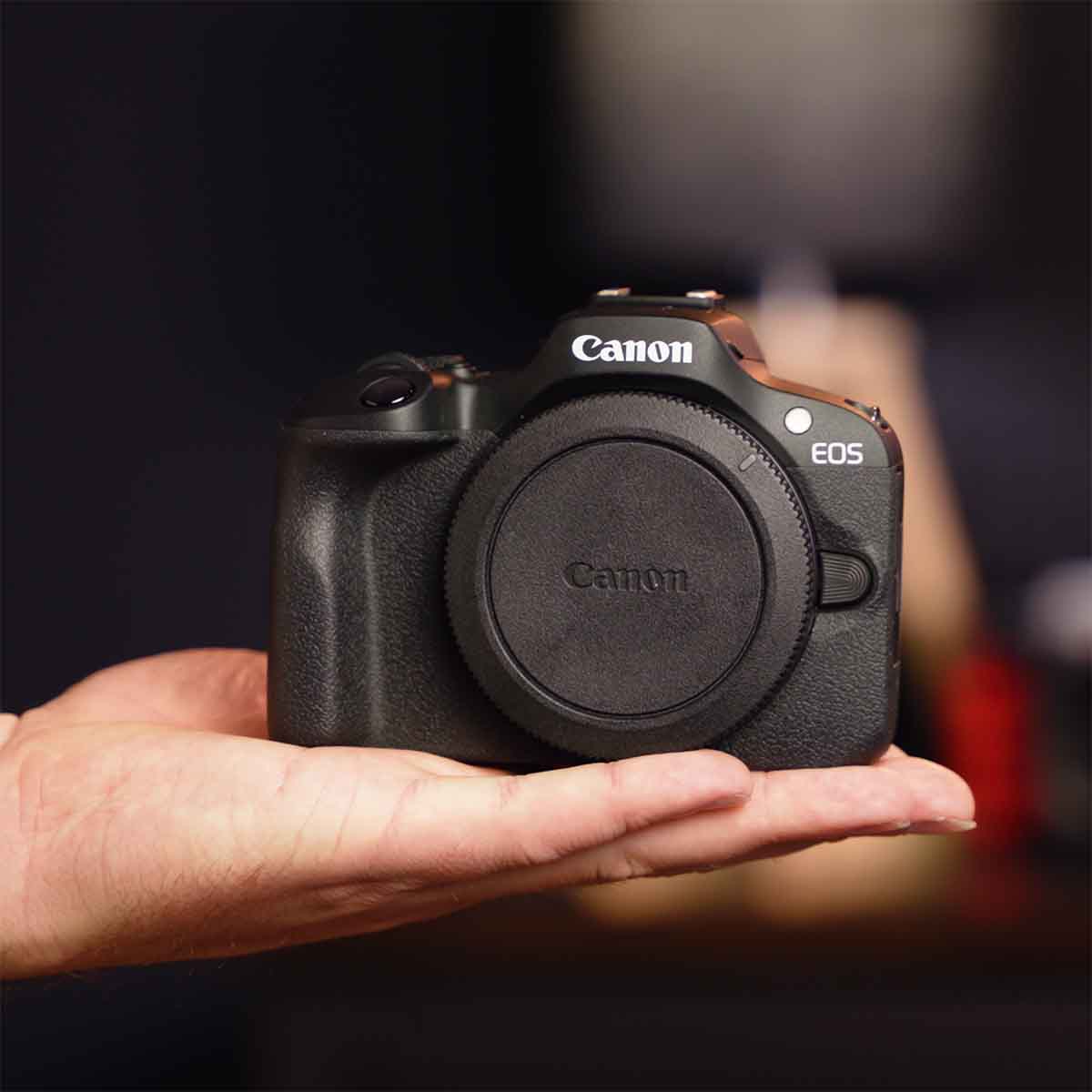
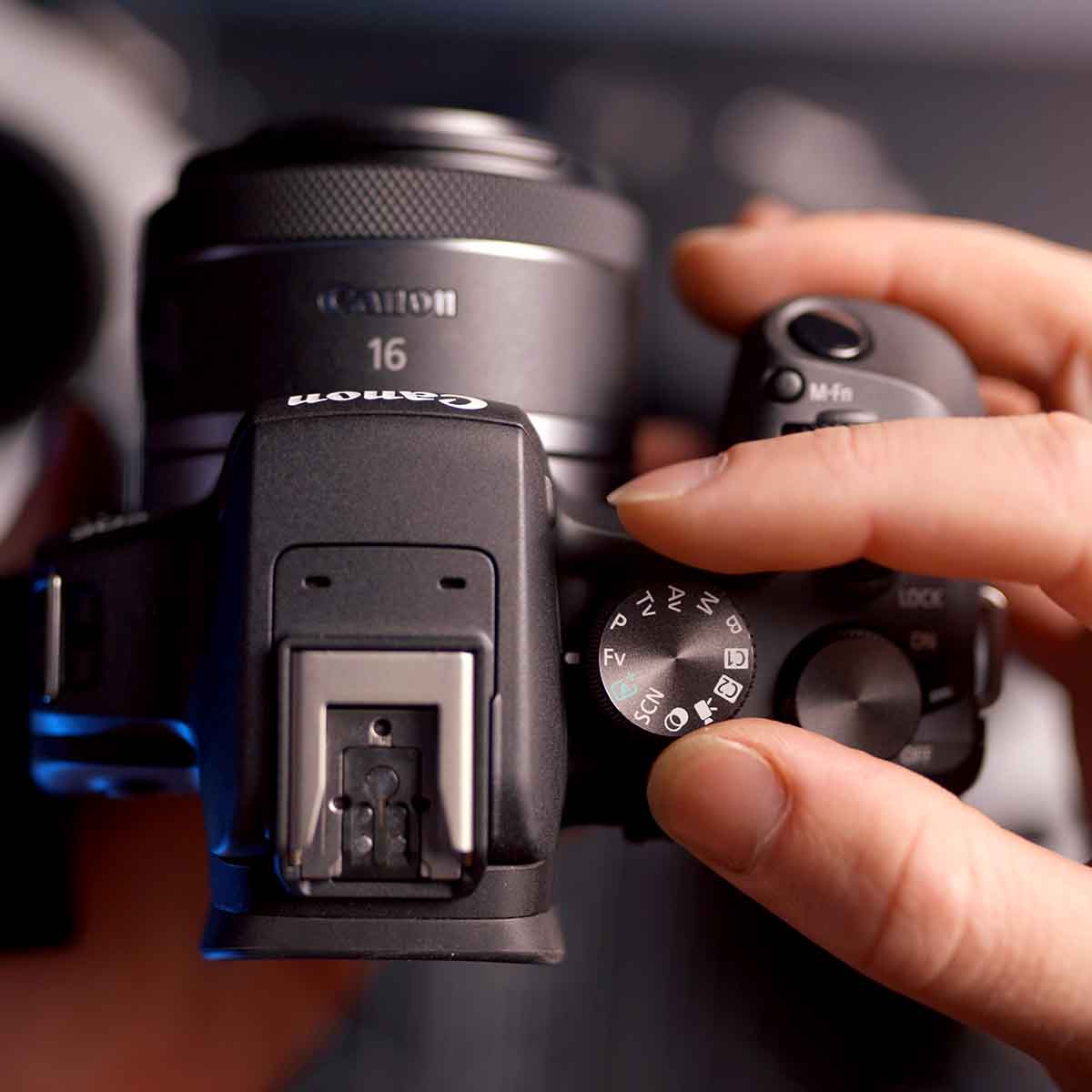
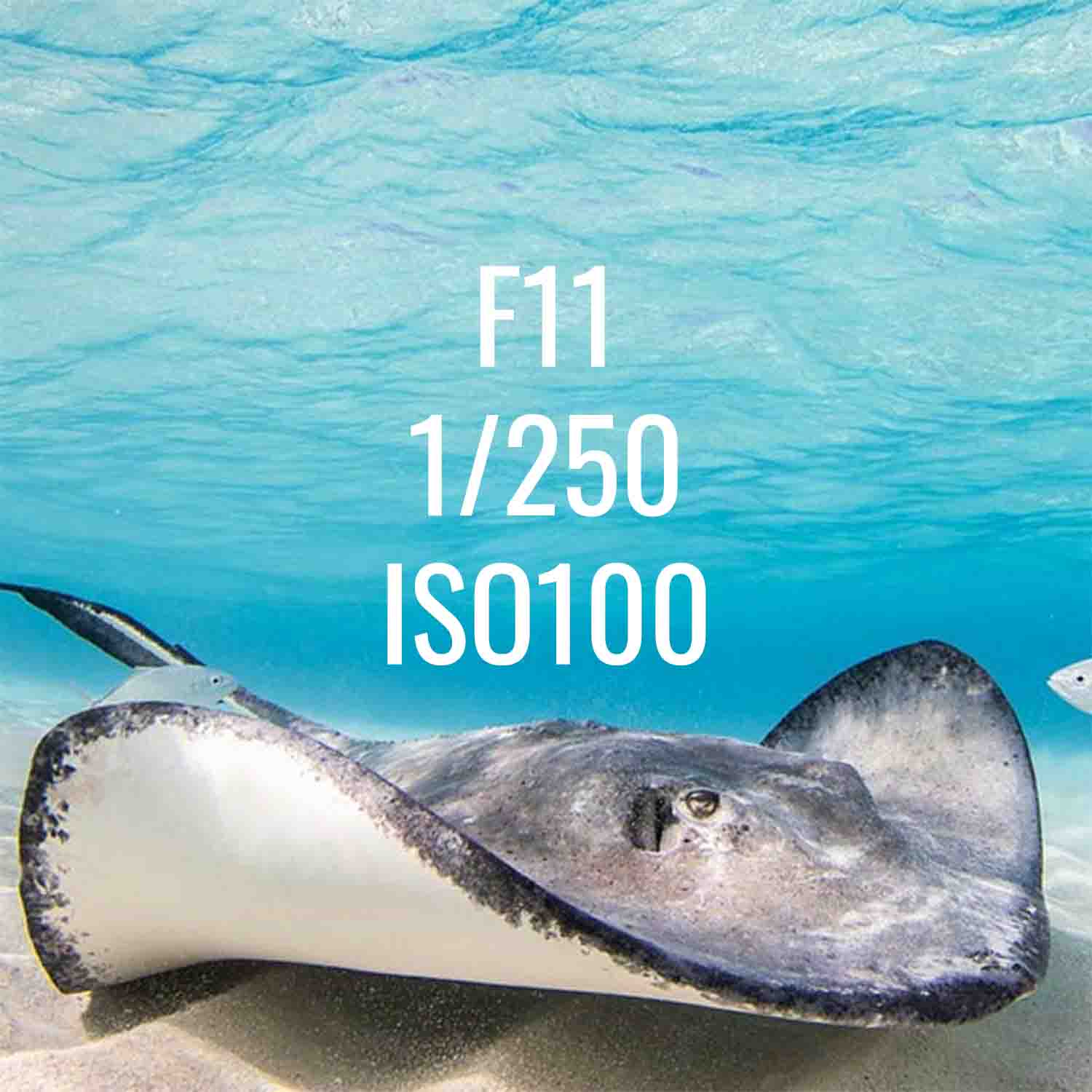
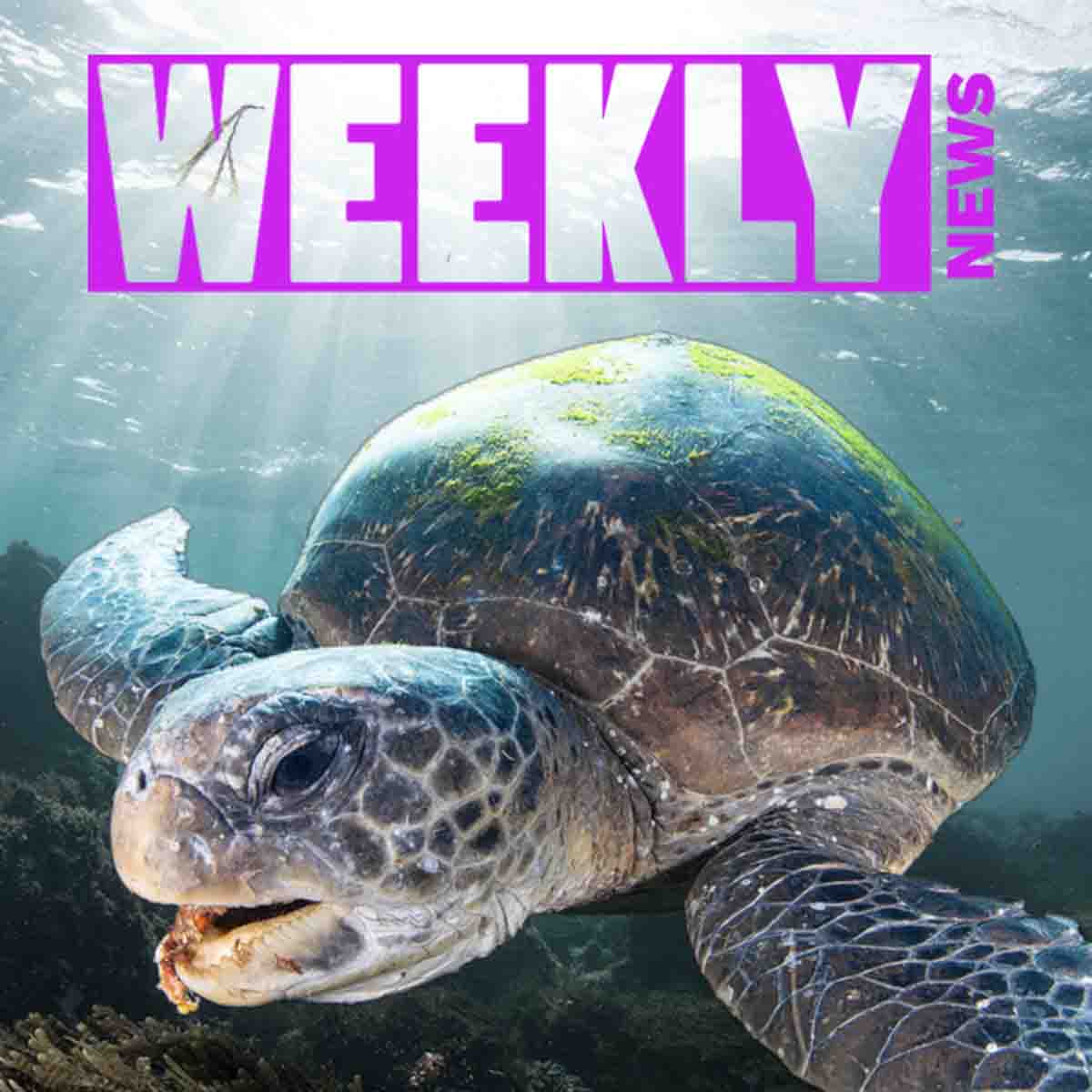
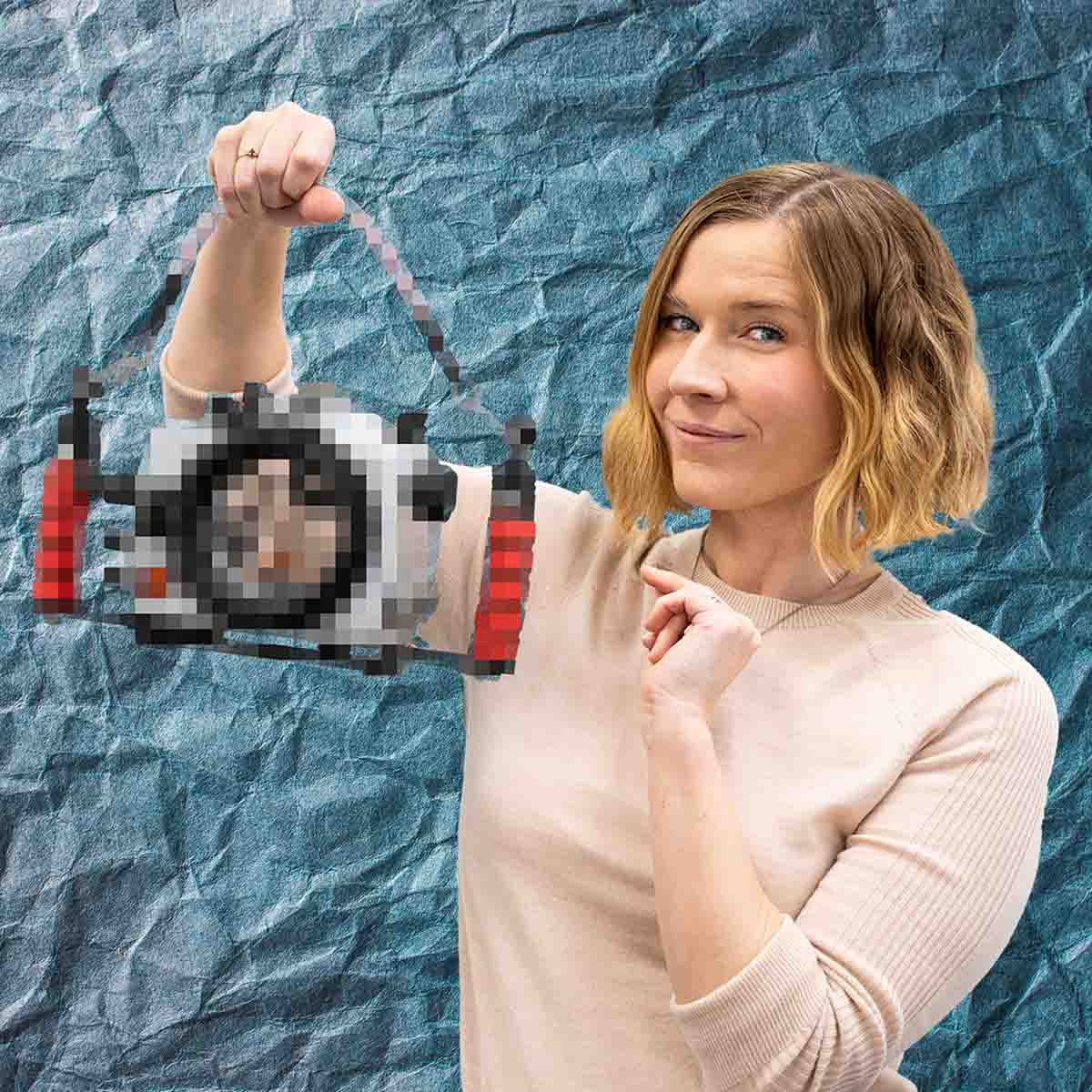
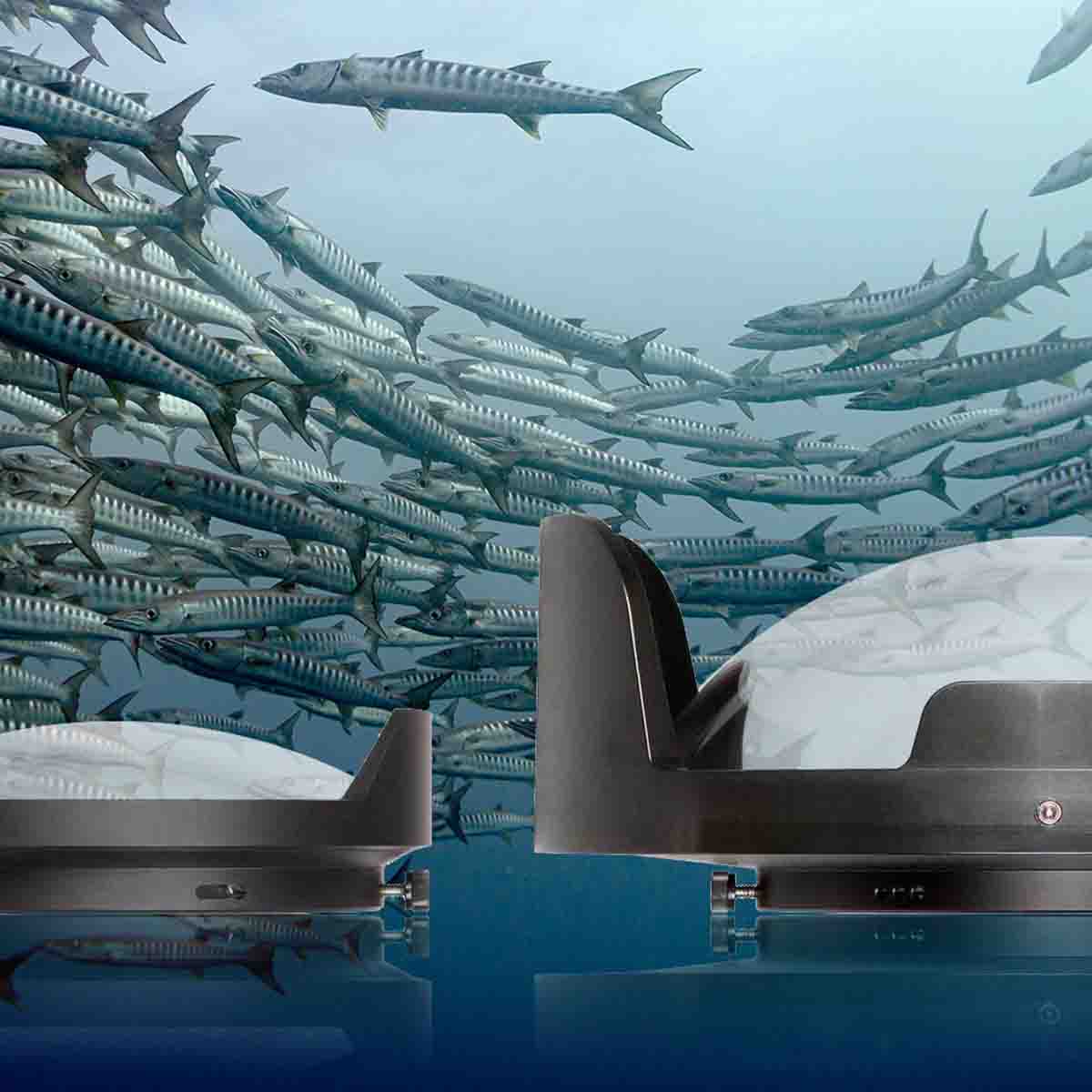
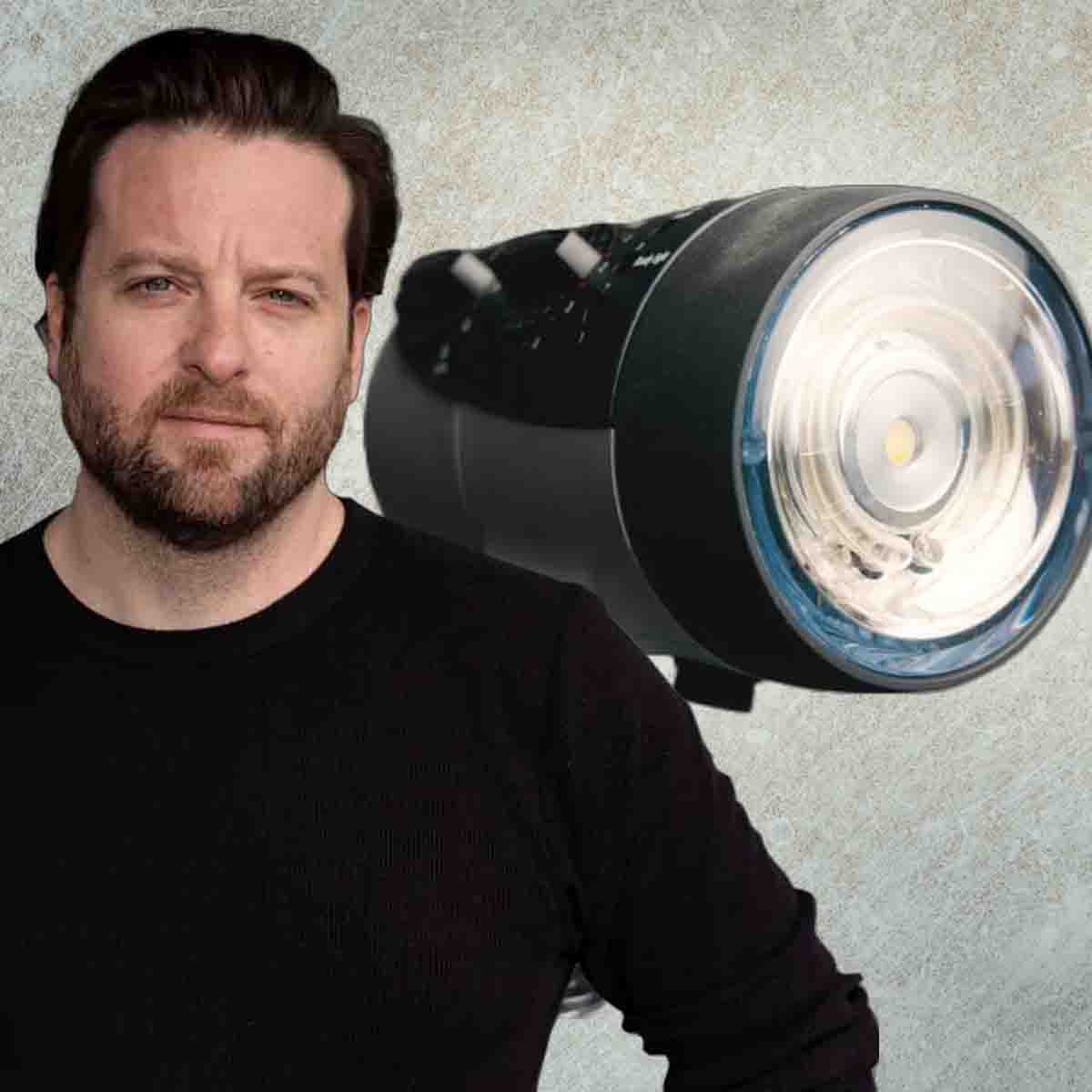
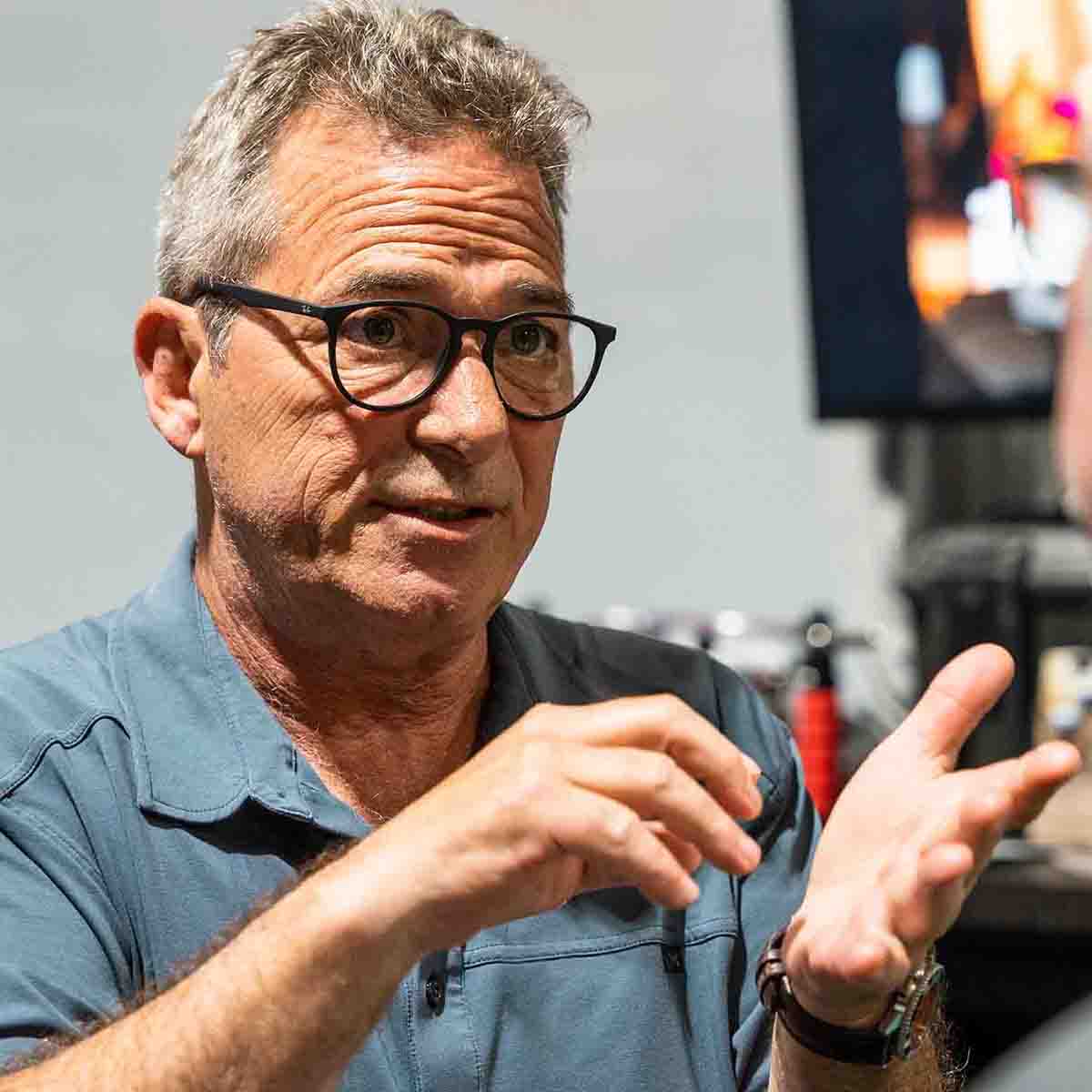
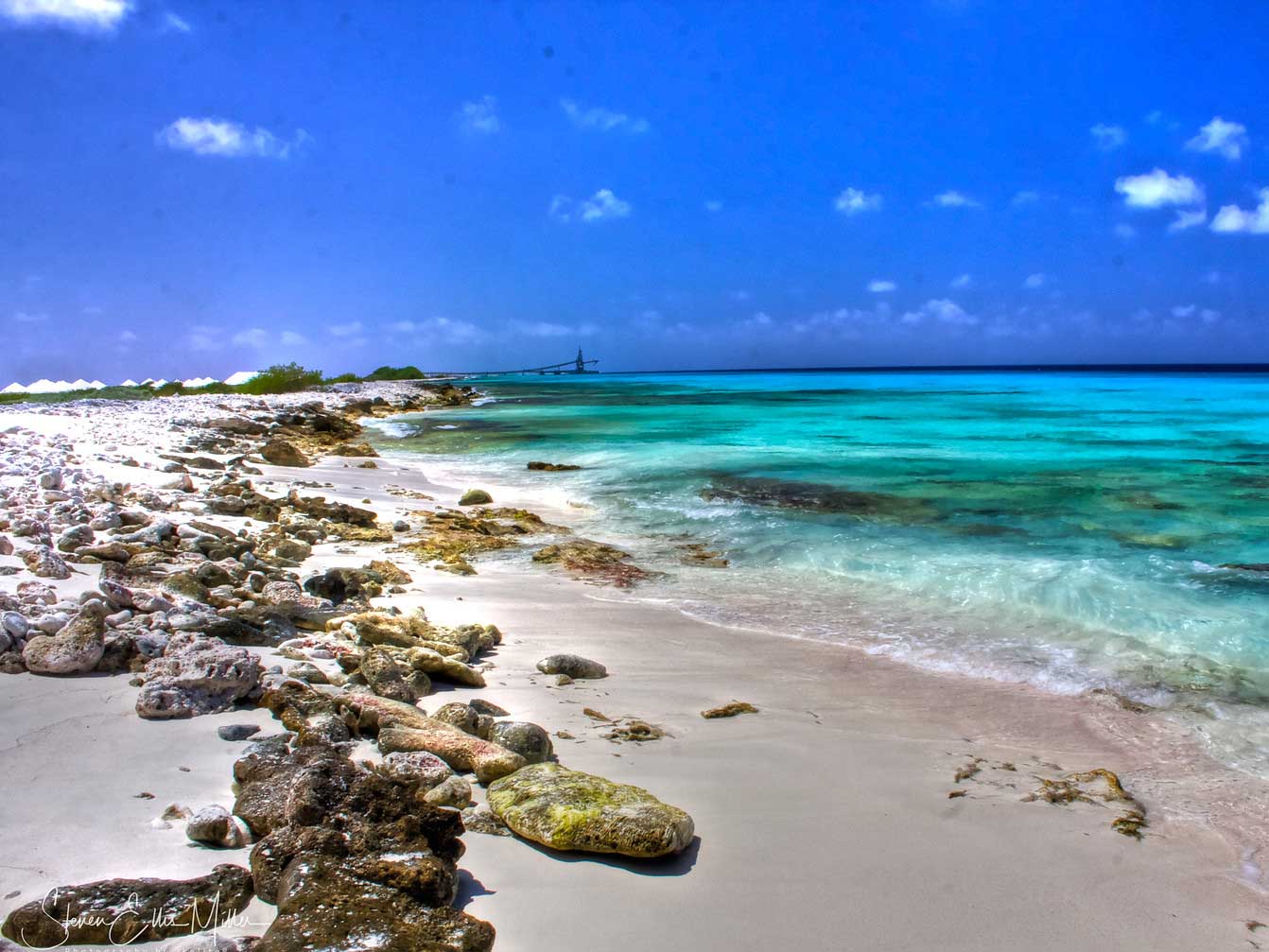
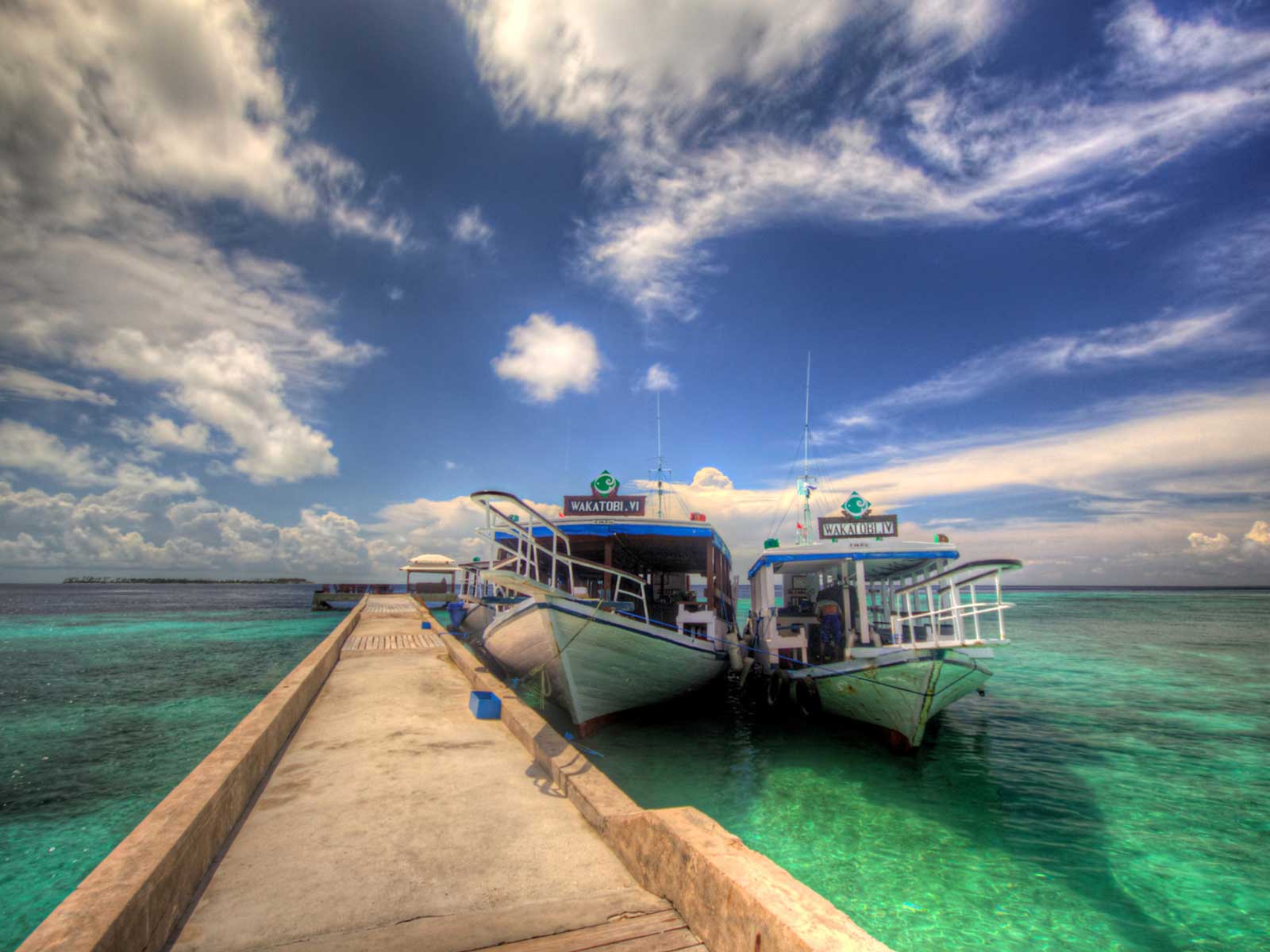
![Jenna Martin's TEDx on Becoming an Underwater Portrait Photographer [VIDEO]](http://www.ikelite.com/cdn/shop/articles/jenna-martin-tedx_underwater-portraiture.jpg?v=1645898040&width=2000)